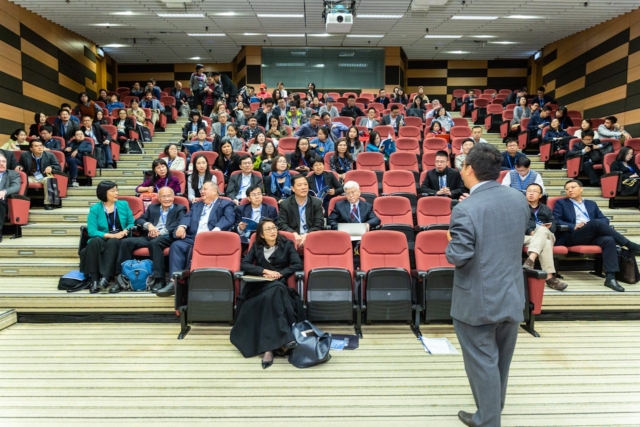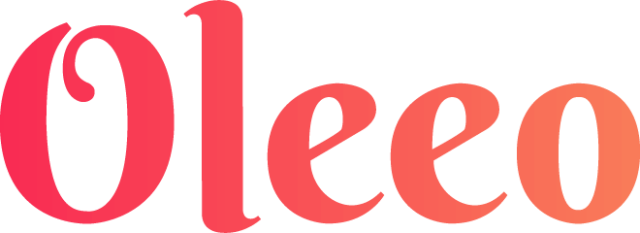Assessing Campus Recruitment Event Effectiveness : Quick Guide

We all have thriving campus recruitment strategies (if you don’t please give us a call!) but sometimes when something is going really well, we don’t examine it as closely as we should. In-person events are (wrongly) thought to be some of the hardest campus recruitment spend to measure, but it doesn’t have to be that way. This worksheet will take you through how to measure and manage your way to campus recruitment event effectiveness.
First, if you don’t already have one, create a scorecard so you and your team can start tracking how effective you really are based on your company’s specific recruiting objectives:
Speed and Efficiency Measures
Speed and Efficiency Measures are two places where campus recruiting win BIG. Speed and Efficiency Measures include:
Time to Present: _____ days (a good average is less than 2 weeks)
# of Candidates/role: _____ candidates (benchmark 3 qualified candidates per opening)
HM Feedback Consistency: ________ days til feedback (simply ask for yes/no, dig in when you receive this on every applicant within 3 business days of the interview)
Pro Tip: Create a dashboard for hiring managers to see who is giving feedback when. This weeds out the bottlenecks.
Opening Age: 15 days/30 days/45 days/60+ Days (10-20% of requisitions aged beyond 45 days is normal but for campus positions, keep it closer to under 30 days)
Since these metrics are based on how fast you can fill a role, entry-level roles and campus recruiting lends themselves well to these. Measuring your campus recruitment by these factors is important but remember that it does not prove event effectiveness.
Event Metrics
Event Metrics can be applied to all events, so save these formulas for industry, veteran and diversity events as well. Event Metrics include:
Average Attendance: _________ (the conference number should have these numbers)
Percentage in Your Niche: _________ (the conference organizer should have these numbers, 20% or higher is acceptable)
Average Booth Attendance: ________ (take the last three years of attendance to determine)
Attendance/Booth Attendance Ratio: __/__ or ___% (this ratio should hover around 10-40% depending on the niche percentage)
% of Hired Interns from Event: _________ (this is best expressed as a percentage)
Additional Students Exposed to Via Other Marketing Methods: _______ students (e.g. marketing emails, social media, email lists, pre or post career fair workshops, alumni, college associations, affinity groups, sponsored events)
Students Entered into Talent Acquisition Software from Event: _____
Quality Metrics
You’ve got your speed and efficiency metrics, and measurements to tell the story around the events you’re currently attending. Now we’ll dive into quality metrics to determine if these schools are helping your UR strategy or hurting it by taking valuable time away from recruiters and hiring managers.
Present-to-Interview Ratio: __/__ or ___% (anything lower than 70% is worrisome)
Interview-to-Offer Ratio: __/__ or ___% (look for a 2:1 ratio here unless you’re in a very niche industry)
Rate of Acceptance: ____% (unless you’re in a very competitive field or industry, expect 90%+)
Total Cost
Campus recruitment events don’t come without a great deal of planning, preparation, travel and design. And none of those things are free. If you’re on the fence about whether or not an event is right for you, calculate your prep costs. This way if you learn that a school is bringing in 20 candidates but only 2 go on to be interns and just one is a retained employee, you can put the real cost of the event next to 2 interns and 1 hire, and try to understand the CPH that way.
Event cost: $ _____
Marketing costs: $ _____
Branding internal costs: $ _____
Travel costs: $ _____
Shipping costs: $ _____
Hours spent: $ _____
# of recruiters sent:$ _____
Swag/booth/giveaways: $ _____
Misc: $
TOTAL: $ _____

You’ve finally gotten all your metrics and numbers where you want them and you might already be seeing a pattern. For example, is there an inexpensive event you attend that manages to give you almost 30% of your intern hires? Perhaps upping time and spend there makes sense. On the other hand, maybe your CTO’s alma mater is not only costing you a fortune in travel time and expenses but it’s also providing tons of applicants who never make it past the first round. Maybe it’s time to move that event out of the rotation.
However, if you’re not seeing those obvious trends jumping out at you, there’s a way to dive even deeper into these numbers. Let’s create a funnel. Here’s what you’ll need to gather (much of it may be up top):
- Offer/Accept Ratio
- Intern conversion rates
- Diversity statistics
- % from your key schools
- % to your hiring plan
You will also want to fill in how many recruits you are responsible for in the broader company funnel, here’s one to fill in yourself:

Here’s another way of looking at that data:

Now that you have all this data, put it to work for you. You’ll know which schools should be pulled off your schedule and which you may want to spend more time at, but where are you going to spend that newly freed budget? Well, if you found yourself scrambling for the numbers or metrics up top, the answer is in best-in-class recruitment software.
Manage your events, check students in and communicate with them before, during and after the event and of course, create reports and recruiting metrics dashboards to help track your progress. Sign up to get a custom tour of Oleeo’s Campus Recruiting Software and we’ll walk you through how to take your Campus Recruitment to the next level this year!



